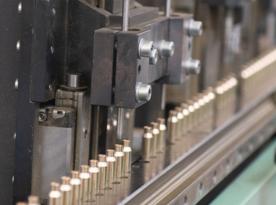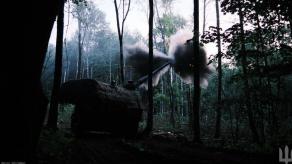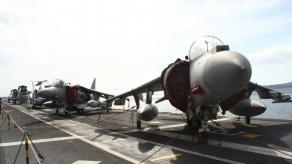Reading the publications of the Western mass media regarding the assessments of the summer counteroffensive of the Armed Forces of Ukraine or regarding the strategy of Ukraine in the war for 2024, we can feel that there is a very tangible conceptual gap between how the Ukrainian military and their American colleagues approach warfare in general.
In fact, it seems the United States is still convinced that the russians can still be defeated on the battlefield with small forces and equipment.
Read more: About russian S-400 Launching Missiles on Kyiv While Being 45 km From Border
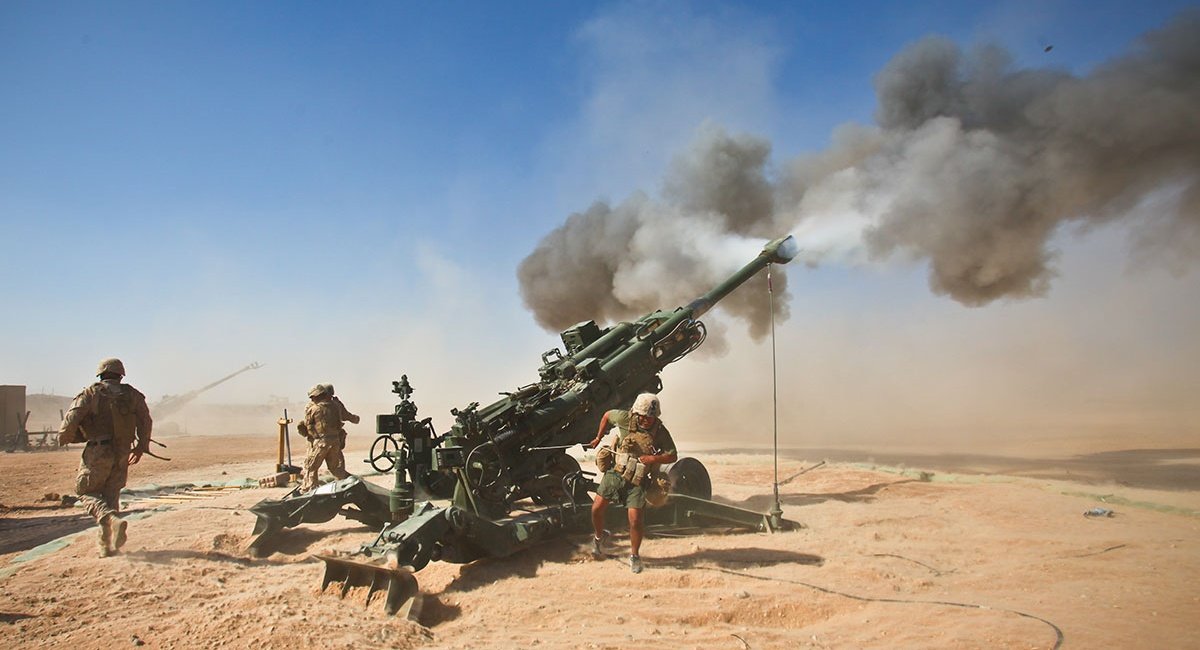
One of the reference points that should be noted in this discourse is how intense the firepower of the American military has been in all-out combat, if we take the experience of the last 30 years.
Of course, the U.S. had experience when tens of thousands of shells were needed at a time, but the American military has forgotten about it. This experience is related to the participation of the U.S. Marine Corps in the battles against ISIS in Iraq during 2016-2019.
But that is why we say "forgotten" because it seems Americans did not draw any organizational conclusions, even regarding the rehabilitation of veterans who suffered from the factors of intense artillery fire.
Therefore, we can assume that the experiences of having fired only 60,000 artillery shells during Operation Desert Storm and only 30,000 during Operation Iraqi Freedom are still relevant for the USA.
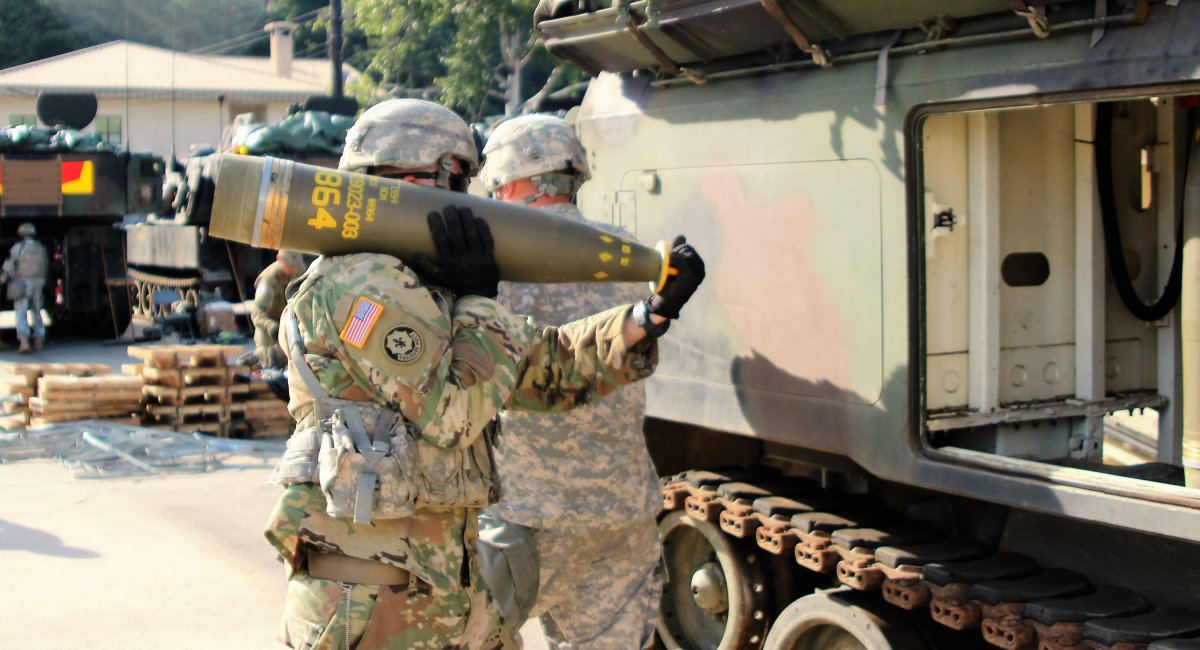
First in 1991, during 4 days of hostilities, the U.S. forces spent about 15,000 shells per day, and then, against the same enemy, a little more than 1,000 shells in all 21 days of the active phase of the operation in 2003, and this turned out to be quite "enough."
Of course, we can assume that the U.S. "compensated" such low artillery shell consumption (relatively to the scale of current artillery warfare in Ukraine) by utilizing more of other types of ammunition. But the available numbers in the public domain show the opposite in fact.
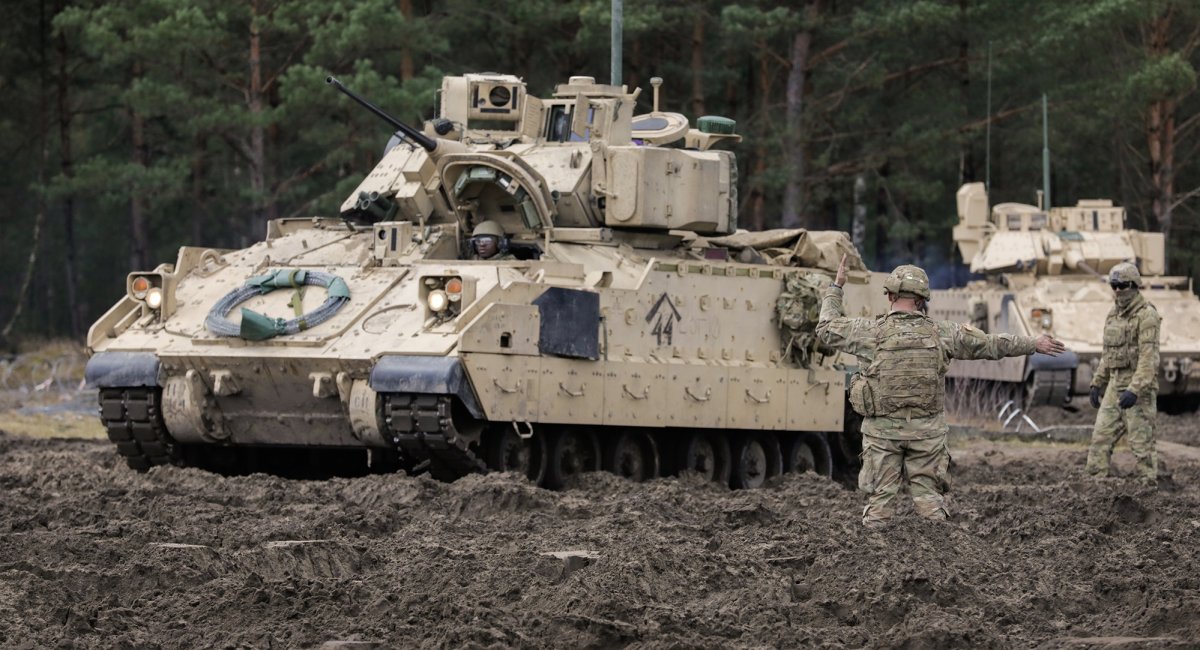
For example, during Operation Desert Storm in 1991, the Americans spent a total of 6,604 artillery rockets, 964 TOW anti-tank missiles, 14,061 tank shells of caliber 120mm, and 165,300 rounds of 25-mm automatic guns. The AH-64 Apache attack helicopters fired 843 Hellfire guided missiles, 2,035 rockets, and 28,600 rounds from the onboard 30mm automatic cannons during air support missions.
And the expenditure figures during Operation Iraqi Freedom in 2003 turned out to be significantly lower: only 548 rockets, 375 TOW missiles, 1,600 tank shells (120mm), and 16,000 rounds of 25 mm ammunition for automatic guns. The AH-64 Apache fired 462 Hellfire guided missiles, 1,300 rockets, and 12,000 rounds from the onboard 30mm automatic cannons as part of air support missions.
We can be sure that these figures outline the conceptual framework in which the American military is still thinking and planning their operations, especially when proposing to Ukraine certain approaches for the war against the russian federation in 2023 and 2024.

Read more: Germany to Hand Over Almost 200,000 Shells to the Armed Forces of Ukraine In 2024






